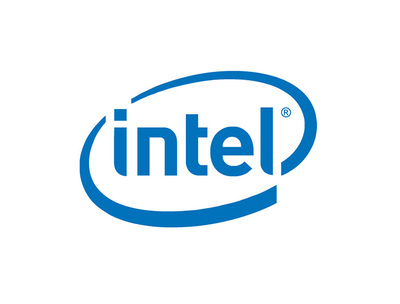
With the development of AI technology and the rising cost of batteries, the automotive industry is facing significant financial pressure. Intel offers a comprehensive system-level approach to revolutionizing the automotive architecture by improving overall vehicle efficiency and energy efficiency through software-defined solutions and intelligent power management. The implementation of this strategy can realize the dynamic allocation of resources, reduce manufacturing costs, and create a new profit model for automobile manufacturers.
Changes in the automotive industry are touching business models, supply chains, and in-vehicle experiences, especially the development of AI technology and the rising cost of electric vehicle batteries, putting tremendous financial pressure on manufacturers. In response to the general trend of technological progress, car companies need to reduce costs to ensure profitability. The solution is to adopt a systematic approach that balances advanced customer experience with economic efficiency.
Integrated system-level response: A new approach to cost challenges
In order to deal with the complex and diverse cost issues of the automotive industry, a single program module is difficult to optimize. As a result, Intel offers a comprehensive and systematic approach to addressing cost issues as a whole. Unlike traditional approaches, Intel implemented an integrated approach that closely links the parts together to create synergies. The strategy focuses on three key industries: on-board computing, smart energy management, and workload management like data centers: software-defined. With this integrated approach, it is possible to achieve results that go far beyond improving each part independently.
With this strategy, the vehicle is treated as a unified whole, which allows the workload to transfer freely between the software-defined central computing system and the software-defined domain computing subsystem. This approach not only provides extreme flexibility, but also guarantees excellent cost efficiency, performance and energy efficiency.
Integrated Architecture: Towards a productive future
Today, vehicle structures face the problem of operating independently, resulting in inefficiencies. In many electric vehicles, for example, external cameras continue to operate even when the vehicle is stationary to monitor for safety threats or identify approaching drivers. This function is generally suitable for on-board computing subsystems, but due to its high energy consumption characteristics, battery capacity is consumed even if the vehicle is not started.
To solve this problem, we can use Intel's software-defined domain controller to manage the camera's workload. Based on the concept of application scheduling in the reference data center, we can transfer this task to a domain controller with lower power consumption and only call up intermediate computing systems when necessary. This not only saves energy and increases efficiency, but also reduces the number of electronic control units (ECUs) in vehicles by dynamically integrating workloads into software-defined domain controllers.
In addition, the integration of smart power strategies and control systems can effectively reduce the overall energy consumption of the vehicle. For example, turning off the Advanced Driver Assistance System (ADAS) ECU during charging, or adjusting the car's power application mode to natural conditions, can lead to significant energy savings. In specific application scenarios, you can turn off the air conditioning ECU in Detroit in the winter, and the seat heater and wiper ECU in Phoenix in the summer. These seemingly simple adjustments can really change the efficiency of the vehicle structure.
When we use this concept across the entire vehicle system, we can tune each ECU according to a centralized battery management controller, opening up the possibility of unlimited energy savings. Whether it is a fuel vehicle or an electric vehicle, better energy efficiency can be achieved.
This is not an innovative move. They have been used in the field of personal computers and are applied according to advanced configurations and power plugs. (ACPI) specifications and other specifications significantly improve battery life. ACPI enables detection and deterministic control of all power-consuming devices in the PC platform, which has been the key to the development of the PC field from the initial short battery life to today's all-day battery life. This mindset has been introduced to the automotive industry with the new SAE Vehicle Platform Battery Management Specification (J3311), which aims to apply these proven PC concepts to vehicles.
The adoption of comprehensive system-level countermeasures can not only overcome the limitations of the current structure, but also greatly improve energy efficiency and bring revolutionary changes to the automotive industry.
Data center thinking: Reinventing the car
Choosing a better software-defined design means consolidating and dynamically allocating compute, memory, and I/O resources to different tasks without the constraints of fixed program modules. This architectural thinking has influenced the traditional idea of automotive electronic/electrical architecture, transforming it from one-to-one application to FAN4855MTCX chip projection to a flexible resource sharing pool. This approach gives consumers the necessary advanced feel, in effect applying the concept of the data center to the automotive sector. With our extensive experience, Intel is driving this critical transformation in the automotive industry.
Connecting automotive architectures to software-defined, sustainable, and scalable is a daunting task. The process will be even more difficult if automakers evolve vehicle architectures simply by upgrading fixed program modules one by one. Choosing a comprehensive system perspective, combined with appropriate chip and functional analysis, opens up new ways for automakers to monetize. In this regard, Intel is driving this transformation.
The Products You May Be Interested In
 |
2115 | UNIVERSAL QI WIRELESS CHARGING M | 206 More on Order |
 |
3845 | 3X4 MATRIX KEYPAD | 419 More on Order |
 |
1189 | SWITCH PUSHBUTTON SPST-NO BLUE | 247 More on Order |
 |
4188 | GREEN LED ILLUMINATED TRIANGLE P | 546 More on Order |
 |
4186 | RED LED ILLUMINATED TRIANGLE PUS | 422 More on Order |
 |
3487 | SWITCH PUSH SPST-NO GRN 10MA 5V | 406 More on Order |
 |
381 | WATERPROOF DS18B20 DIGITAL TEMPE | 1191 More on Order |
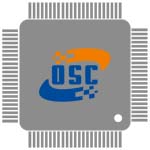 |
2540 | NEOPIXEL DIGITAL RGB LED STRIP - | 216 More on Order |
 |
2044 | ADDRESS LED MATRIX I2C WHITE | 113 More on Order |
 |
1938 | ADDRESS LED DISCRETE SER RGB 5MM | 473 More on Order |
 |
1558 | ADDRESS LED MODULE SER RGB 1=25 | 319 More on Order |
 |
2872 | ADDRESS LED MATRIX SERIAL RGBW | 274 More on Order |
 |
3635 | ADDRESS LED STRIP 1M | 532 More on Order |
 |
1506 | ADDRESS LED STRIP SERIAL RGB 1M | 524 More on Order |
 |
4117 | FLEXIBLE SILICONE NEON-LIKE LED | 277 More on Order |
 |
1287 | 10.1 DISPLAY HDMI/VGA/NTSC/PAL | 489 More on Order |
 |
2674 | MONOCHROME 2.7 128X64 OLED GRAPH | 254 More on Order |
 |
2719 | MONOCHROME 2.42 128X64 OLED GRAP | 127 More on Order |
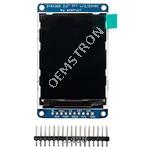 |
1480 | 2.2 COLOR TFT LCD DISP W/MICROSD | 626 More on Order |
 |
315 | LED RGB DIFF 5MM RND T/H 1=25PC | 425 More on Order |
 |
4041 | DIFFUSED RED INDICATOR LED - 15M | 518 More on Order |
 |
498 | RGB BACKLIGHT NEGATIVE LCD | 494 More on Order |
 |
1821 | 1.2 8X8 MATRIX SQUARE PIXEL - WH | 278 More on Order |
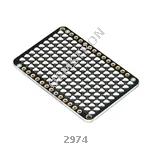 |
2974 | LED CHARLIEPLEXED MATRIX - 9X16 | 429 More on Order |

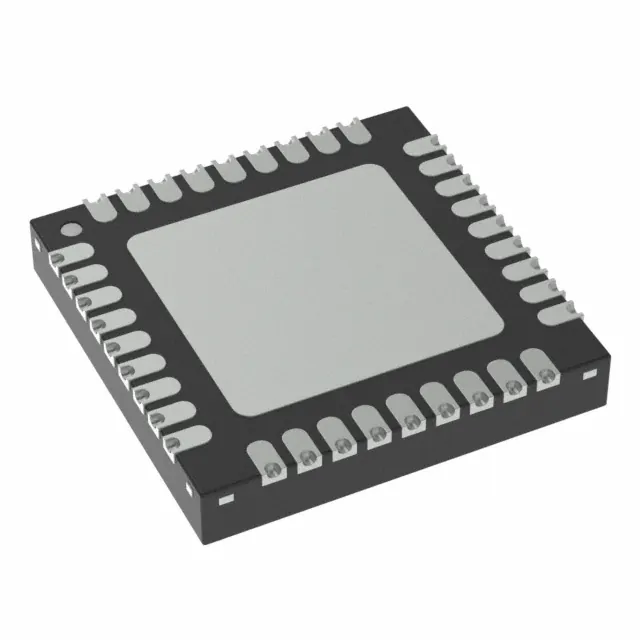 Semiconductors
Semiconductors









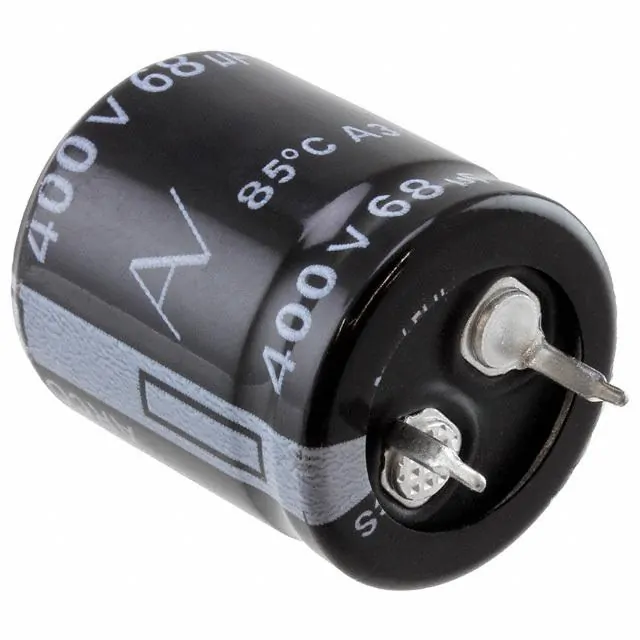 Passive Components
Passive Components









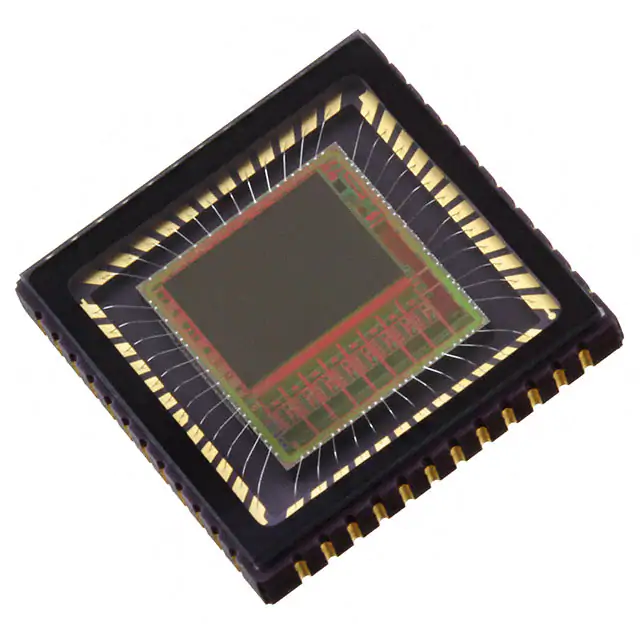 Sensors
Sensors








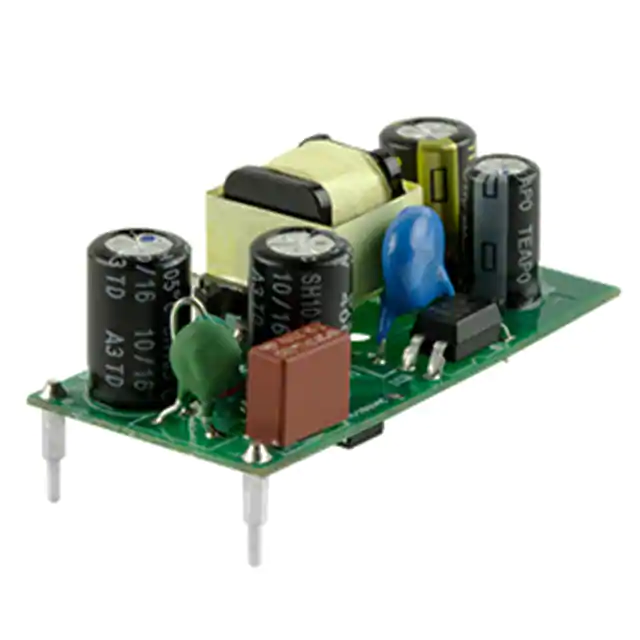 Power
Power









 Optoelectronics
Optoelectronics








